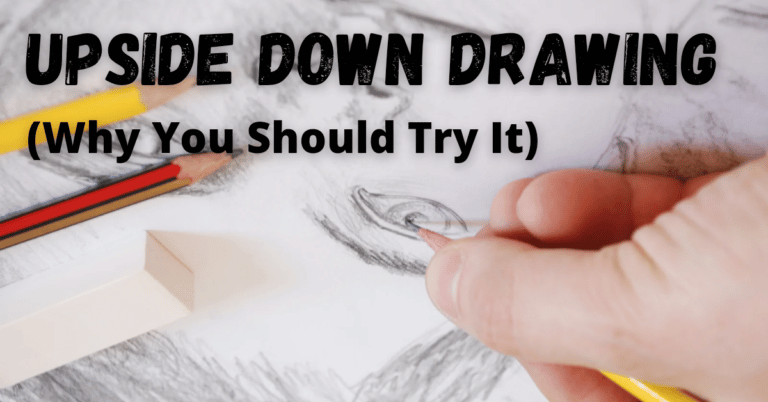Last Updated on September 7, 2023 by Dee
Ever thought about flipping your viewpoint, quite literally?
Welcome to ‘Upside Down Drawings.
This isn’t just a quirky art exercise—it’s a technique that pushes artists to see more and assume less. By turning subjects upside down, we’re challenging our brains to break away from the usual and focus more closely on genuine details.
It’s an effective way to hone observation skills, making our drawings sharper and more nuanced.
Think of it as a clever way to upgrade your artistic insight.
Ready to see the world from a fresh angle?
Let’s dive in!

Do you ever feel like your drawings are a little bit…off? That’s because starting with a blank sheet of paper can be pretty intimidating. It’s hard to know where to start, and it’s easy to get frustrated.
That’s why it’s important to do some warm-up exercises before you start drawing!
In this blog post, we will discuss upside down drawing and other exercises that will help you get better at drawing. We will also provide some tips on how to improve your technique.
So what are you waiting for?
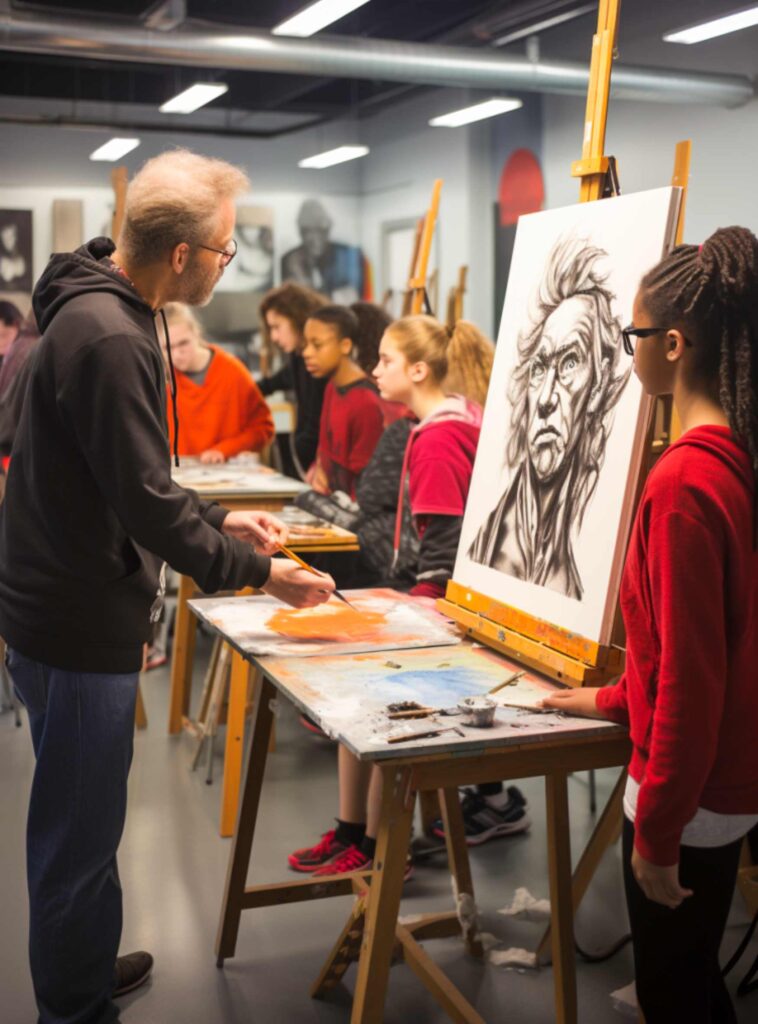
What is drawing upside down? And why you should try it?
**This page may contain affiliate links to products I have used or recommend. If you purchase something from this page, I may receive a small percentage of the sale at no extra cost to you.**
Drawing upside down is a great exercise taken from Betty Edward’s book, Drawing on the Right Side of the Brain. (This is a great read and provides lots of tools and techniques to improve your drawing and observational skills.)
Drawing upside down is a great way to improve your drawing skills. When you turn your paper upside down, you force yourself to see the subject in a new way.
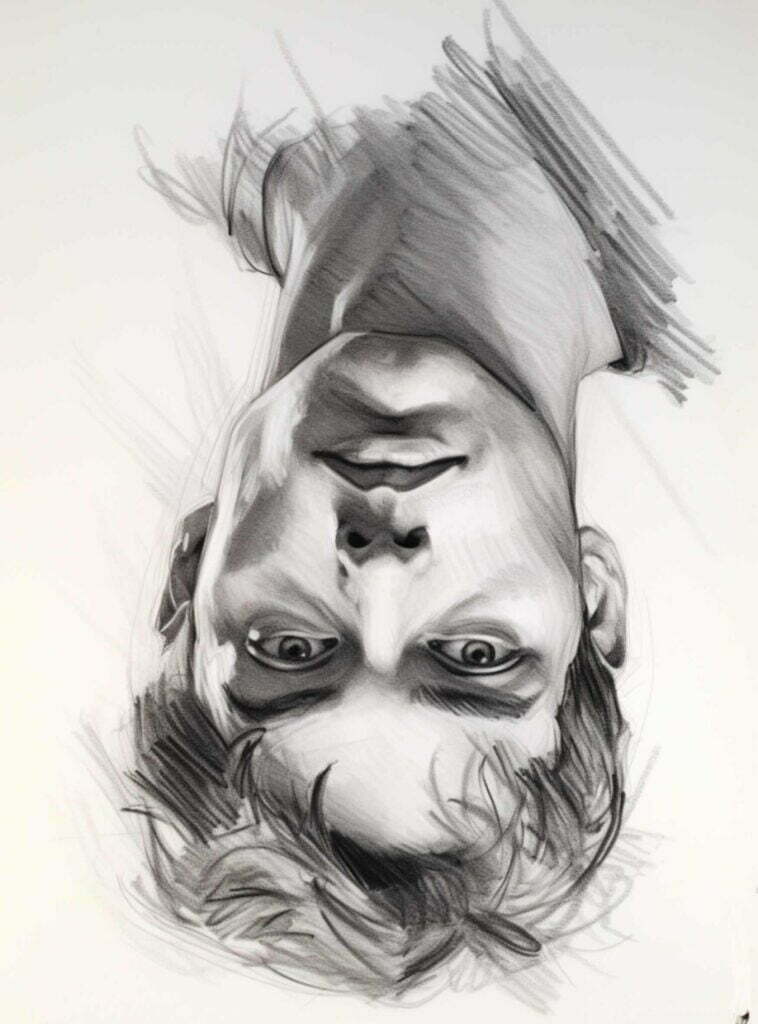
This can help you to notice details that you would otherwise miss. It can also help you to break out of any bad habits that you have developed.
For example, if you tend to draw noses too big, turning your reference picture upside down will force you to draw them in proportion.
Similarly, if you tend to draw eyes too close together, reversing the orientation of your paper will help you to correct this mistake.
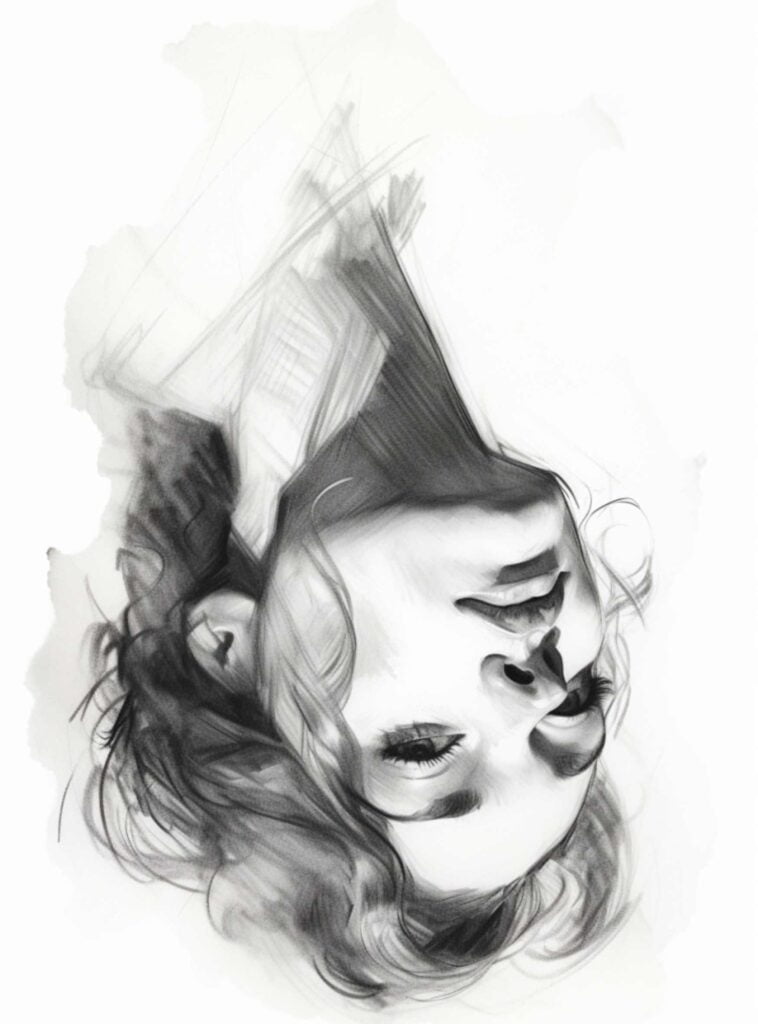
So if you’re looking for a way to improve your drawing skills, give drawing upside down a try. You might be surprised by the results.
Check out this cool video on doing your own contour line upside down drawing!
Upside Down Drawing Helps You Warm Up
When you want to improve your drawing skills, it’s important to find ways to warm up and loosen up your muscles.
One great drawing exercise to do this is by drawing upside down. This might seem like a silly exercise, but it can actually be quite helpful.
By drawing upside down, you force yourself to look at the subject from a different perspective and look at the relationship between positive and negative space. This can help you to see new details that you might have missed before.
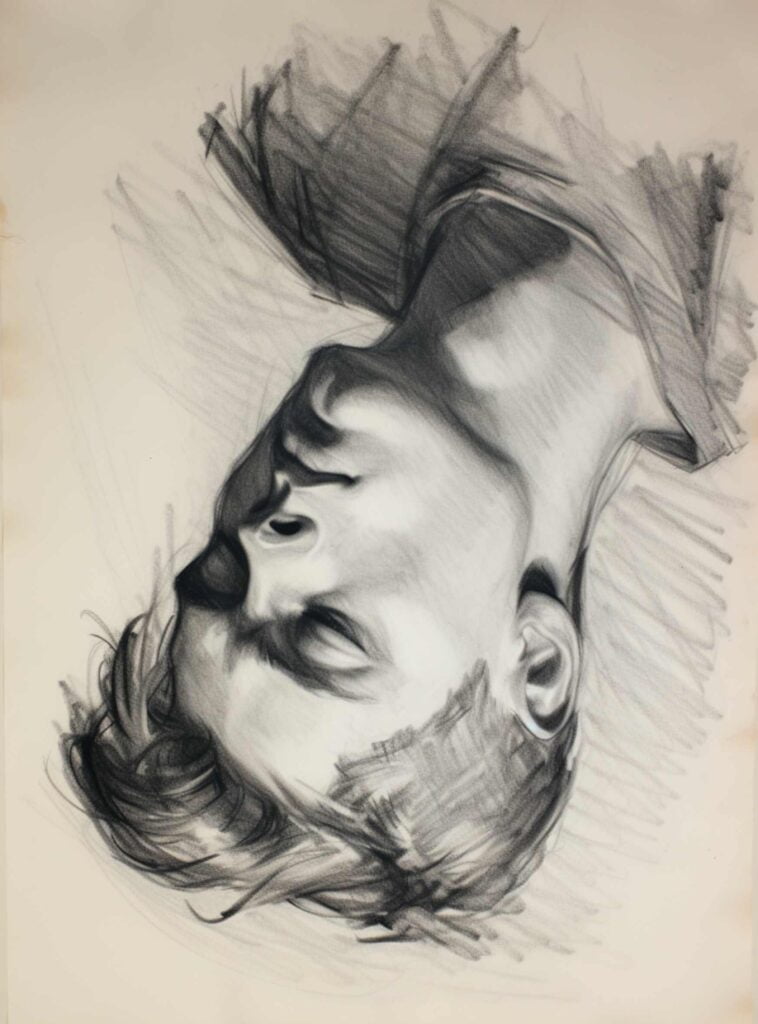
In addition, drawing upside down can help to loosen the muscles in your arms and hands, making it easier to make fluid motions with your pencil.
So next time you’re looking for a way to warm up before you start drawing, try flipping your paper over and seeing the world from a new perspective.
Related Article: Wondering How to Improve Your Drawing?
Picasso’s Upside Down Drawing

In 1920, Pablo Picasso created a now-famous drawing of famed composer Igor Stravinsky. The portrait is significant not only because of the people involved, but also because it was drawn upside down.
Picasso once said that he “never set out to shock,” but it’s hard to deny that his drawing of Stravinsky does just that.
Some have speculated that the portrait was meant to provoke the conservative music establishment that Stravinsky represented.
Related Article: 121 Fun and Easy Objects to Draw
Others believe that Picasso simply found the composition more interesting when viewed from this perspective.
Regardless of the artist’s intent, the portrait is a fascinating example of Picasso’s unique vision and his willingness to challenge conventions.
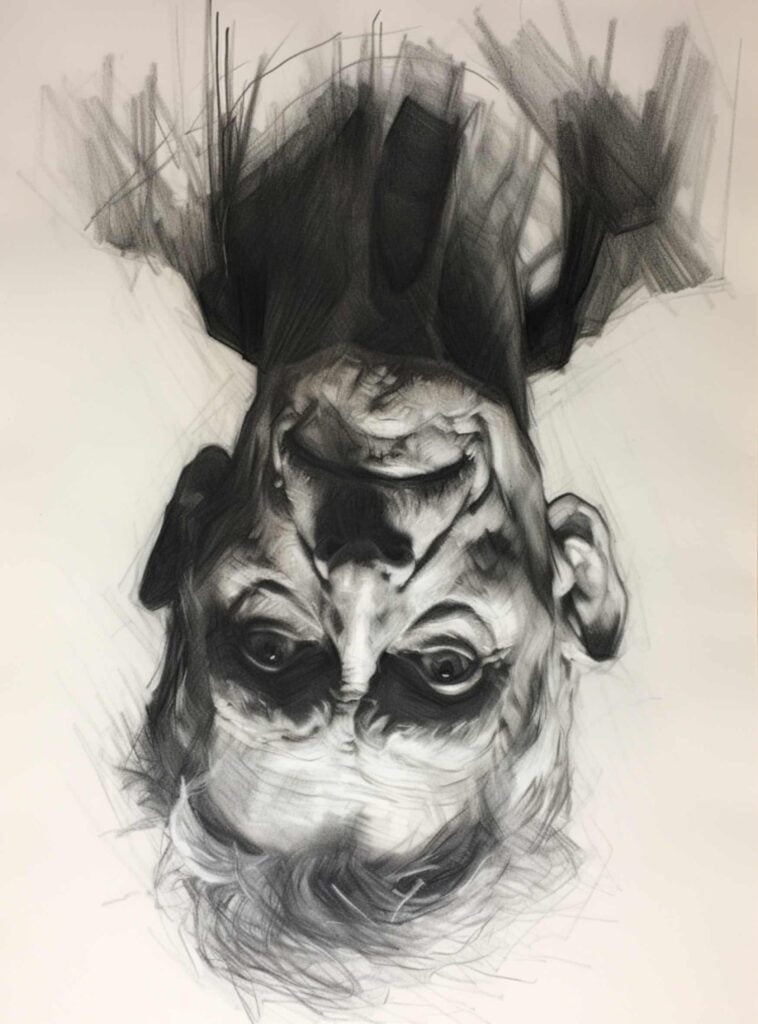
Whether you are a seasoned artist or a complete newbie to drawing, I recommend you do some Picasso drawing of your own! Explore upside-down images and negative space to improve your observational skills.
Related article: 18 Standing Pose References
Drawing Upside Down Can Help You Get Started With Portraits
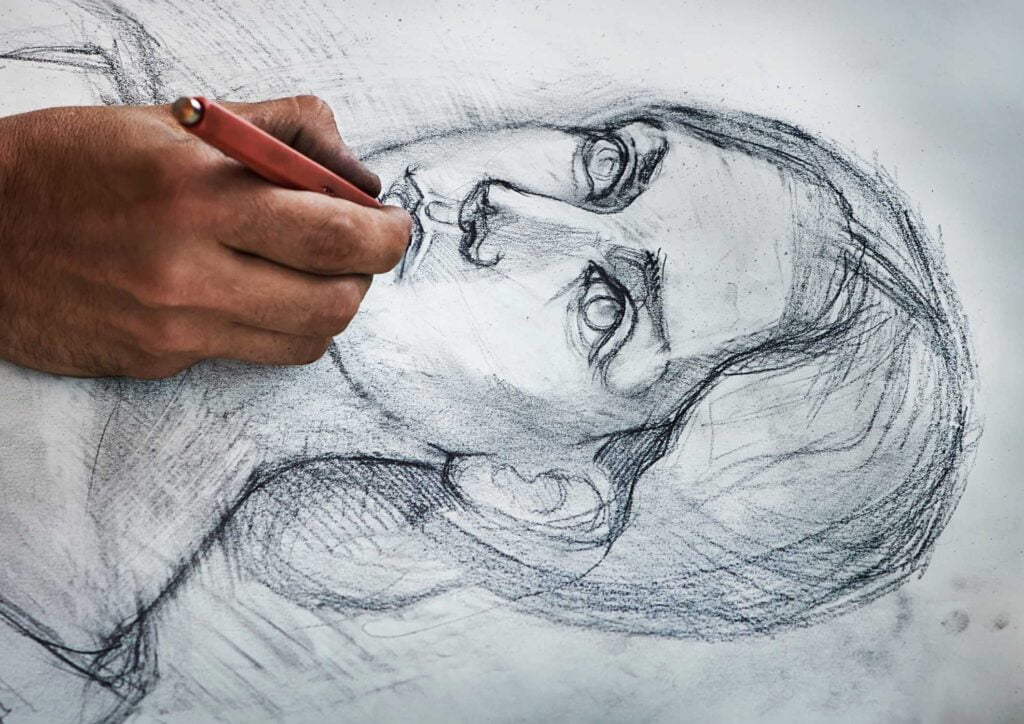
When most people think of drawing a portrait, they envision the standard image of the subject looking directly at the artist.
However, this isn’t always the best way to get started. In fact, some artists find that it’s helpful to begin by drawing the portrait upside down.
This may seem like a strange approach, but it can actually help you to see the features of the face more clearly. Without the distraction of trying to capture a likeness, you can focus on the proportions and placement of features.
Once you have a basic understanding of the face, you can then turn the paper over and start working on creating a realistic portrait.
So if you’re having trouble getting started with portraits, why not give upside-down drawing a try? It just might be the kickstart you need.
[Related Article: Learn How To Start Drawing]
Upside down Drawing
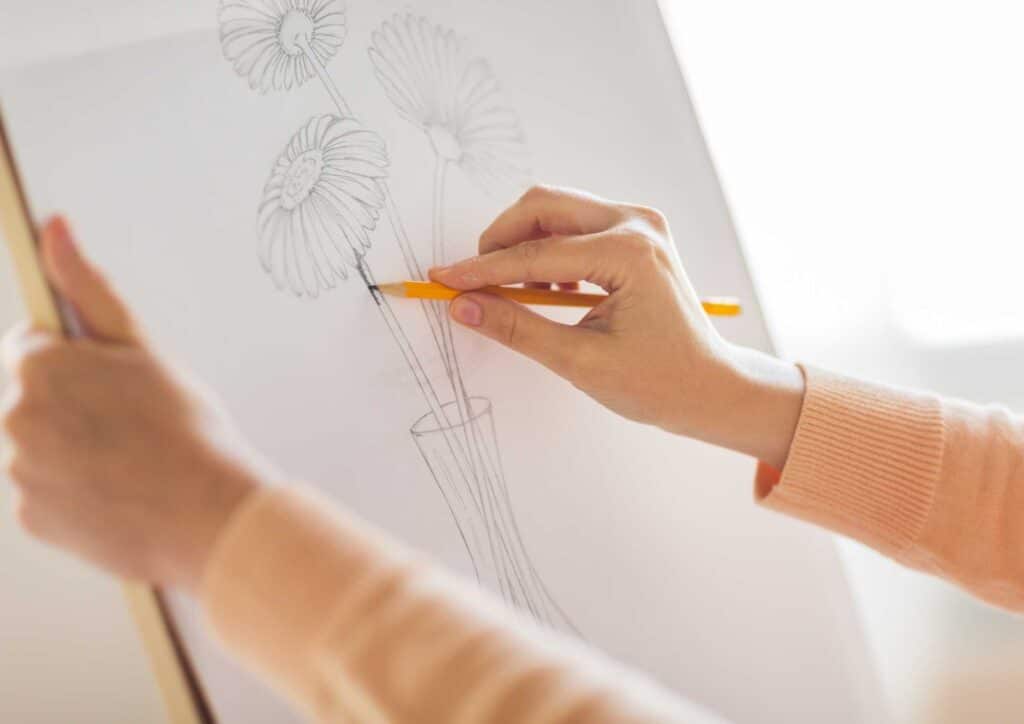
Have you ever felt like your drawings just weren’t quite coming out the way you wanted them to? If so, you might want to try sketching upside down.
That’s right – turn your paper 180 degrees and start drawing! This simple change can actually have a big impact on the quality of your drawings.
When you sketch upside down, you force yourself to really see the subject matter in a new way. As a result, you’re more likely to notice details that you would have otherwise missed.
This can help you to produce more accurate drawings. In addition, sketching upside down can also help to improve your sense of perspective.
So if you’re looking for a way to take your drawings to the next level, give upside-down sketching a try!
[Related article: 15 Male Poses Drawing Reference]
Is it easier to draw upside down?
For many people, drawing upside down can be surprisingly easy.
Without the distraction of trying to control the pencil and produce a recognizable image, it can be easier to focus on the process of drawing and the movement of the hand.
This can lead to a more fluid and natural line. In addition, drawing upside down can help to improve your observation skills. When you are used to seeing objects in a certain way, it can be difficult to notice small details.
However, by turning your paper upside down, you force yourself to look at the subject in a new way, which can help you to see previously overlooked details.
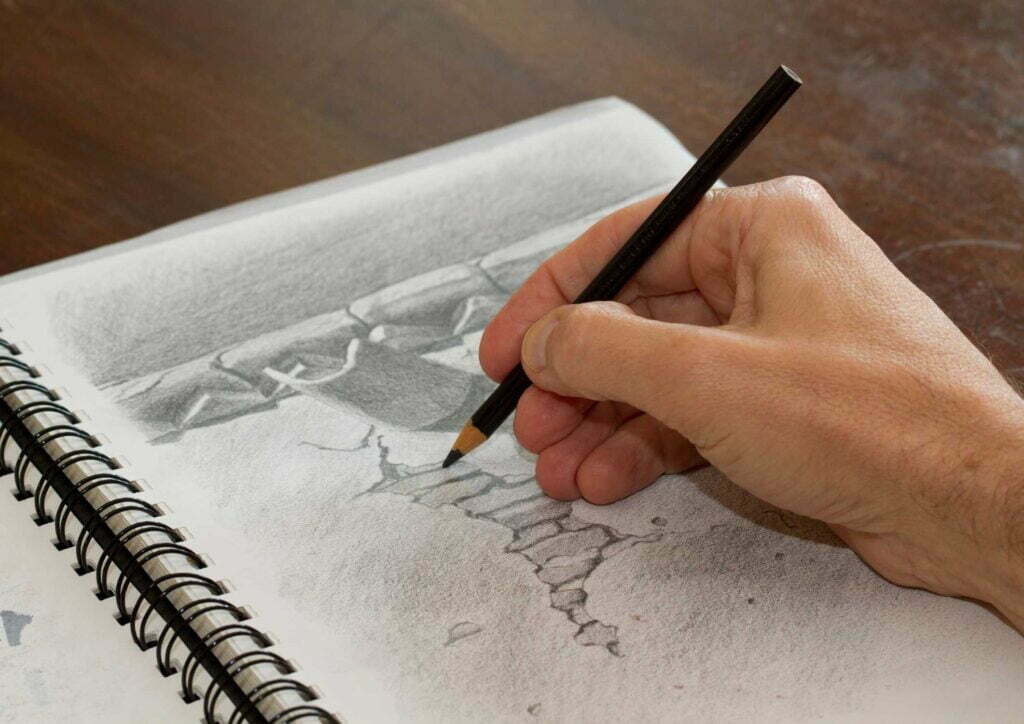
Other Drawing Exercises for you to try…
Here are some other drawing methods you can use to improve your observational skills and your drawing:
- Drawing with your eyes closed
- Draw in a continuous line, without lifting your pen
- Draw with your non-dominant hand
- Drawing your subject matter from a reflection in a mirror
- Draw with contour lines
One exercise is continuous line contour drawing, where you keep your pencil on the paper and draw the entire contour of an object without lifting your pencil or taking a break.
This exercise forces you to really look at the object and think about its shape.
Another useful exercise is gestural drawing, where you quickly capture the overall gesture of a subject without worrying about details. This helps you to loosen up and not get too caught up in small details.
Finally, constructive drawing is an exercise where you start with a blank piece of paper and slowly build up an image by adding details one at a time.
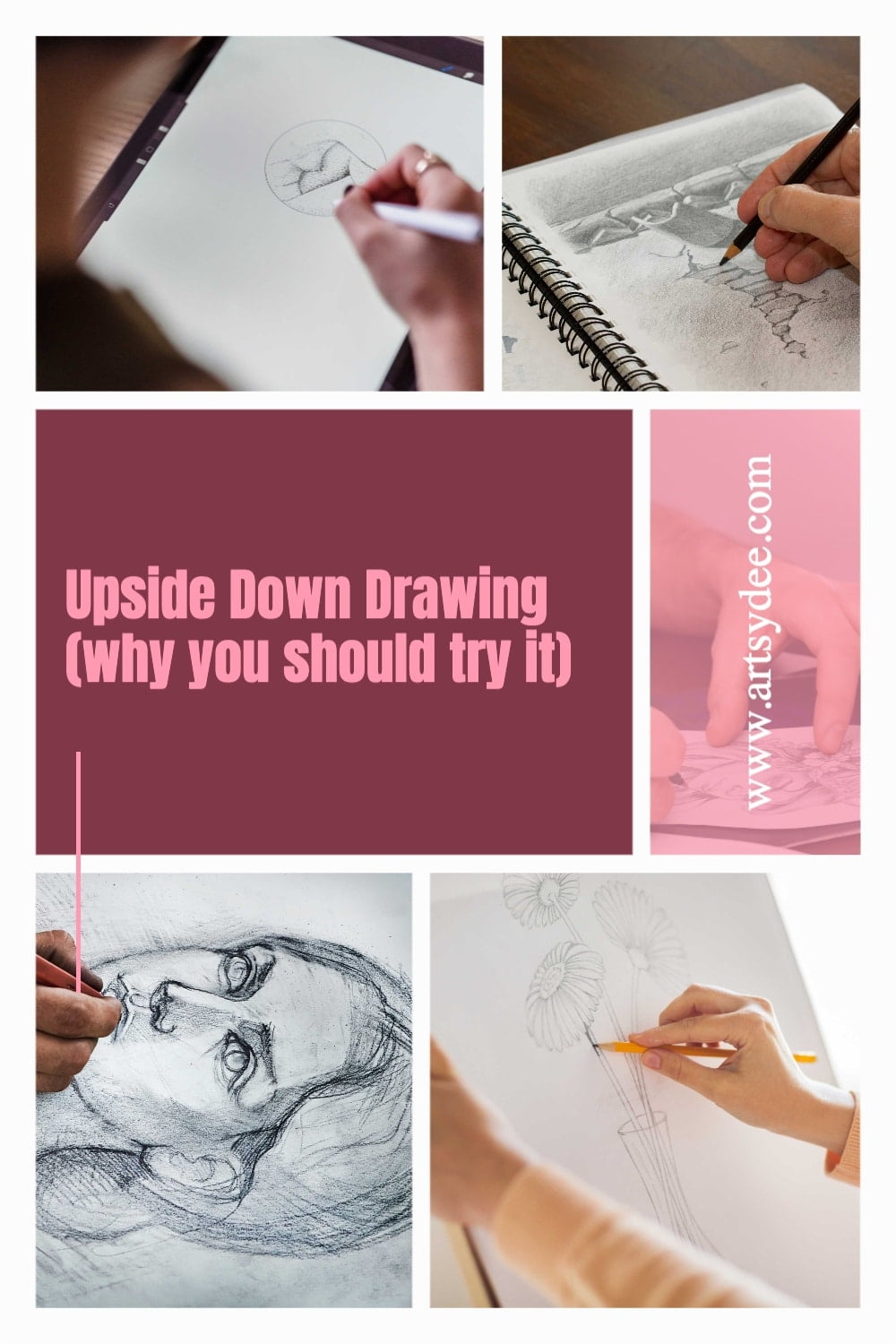
Frequently Asked Questions about upside-down drawing…
What is upside down drawing?
Upside-down drawing is a technique that can be used to improve your drawing. The basic idea is to flip your paper over and draw the image from observation not memory.
How do you draw upside-down drawings?
Drawing upside down might sound like a challenge, but it can actually be quite easy—and fun! All you need is a pencil and a piece of paper.
To get started, simply hold the paper up to a mirror. Then, use the pencil to trace the image that you see in the mirror.
What does it mean when a child draws a picture upside down?
It could be that the child is simply exploring their creativity and trying to come up with a new way to approach art.
Alternatively, it could be a sign that the child is feeling upside down or confused about something in their life.
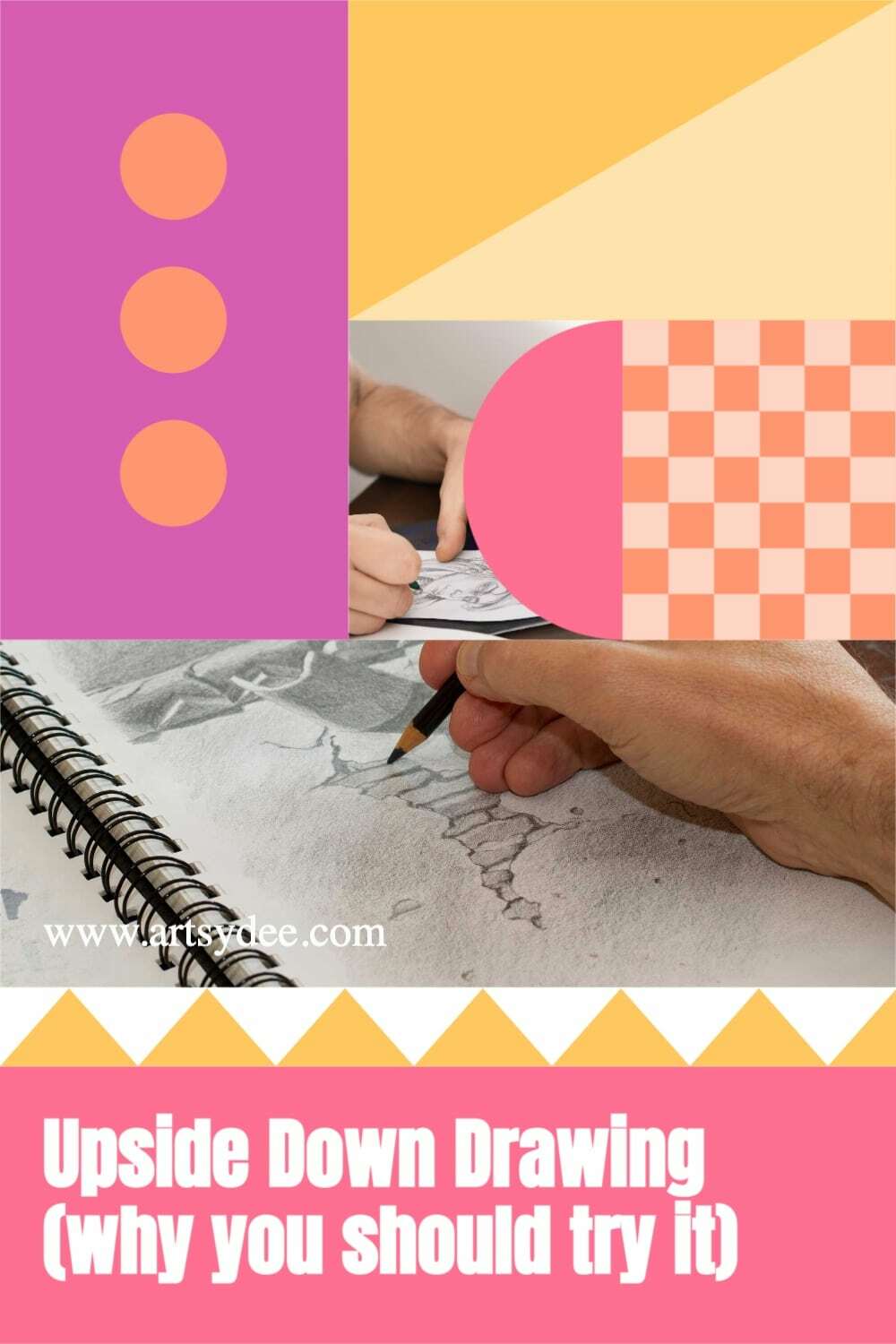
Conclusion
Upside down drawings are a great way to loosen up for your drawings. Practicing this drawing exercise can help you get into the right mindset and increase your creativity.
These exercises are just a few of many that you can use to improve your skills as an artist. Be sure to experiment with different ones and find what works best for you.
Other Articles You May Enjoy…
11 Anime Pose Reference Images to Improve Your Art
Sitting Drawing Reference | 18 Free Poses to Help You with Figure Drawing
Looking for things to draw on your hand? 50 Easy drawing ideas
3 Simple Steps to Create an Outline Drawing
12 Easy Steps to an Accurate Side Profile Drawing
.
